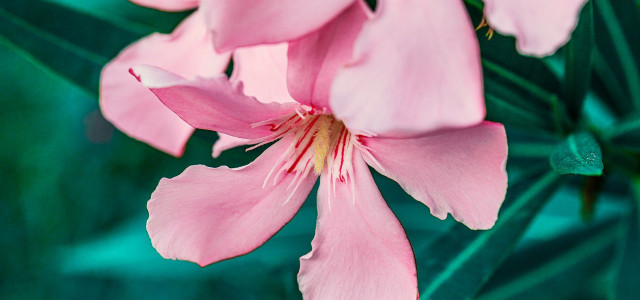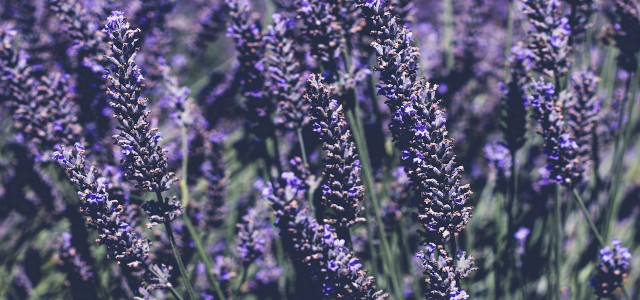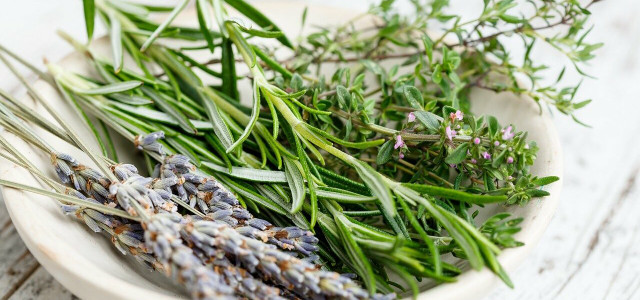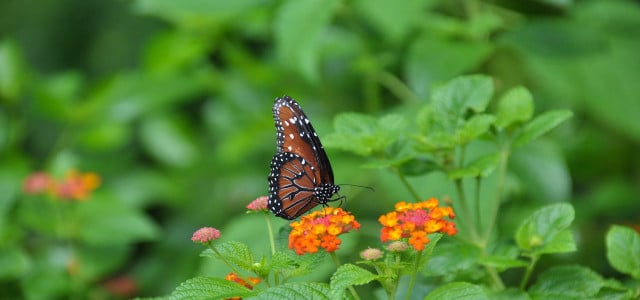There is a wide variety of stunning sun-loving plants. Use them to your advantage so you can enjoy a low maintenance garden in which your plants thrive.
It can be difficult to maintain a garden which doesn’t get much shade. If your backyard gets loads of light, embrace it and plant more sun-loving plants. Alternatively, you can use these plants strategically to provide others with more shade and sun protection. Position sun-loving plants on the borders of your flower beds, or plant larger ones to create shade. Not only are these plants beautiful and useful, but they are often relatively easy to care for. Sun-loving plants aren’t as finicky as many others, which makes less complicated to keep an eye on throughout busy summers full of weekend trips and late nights.
1. Milkweed
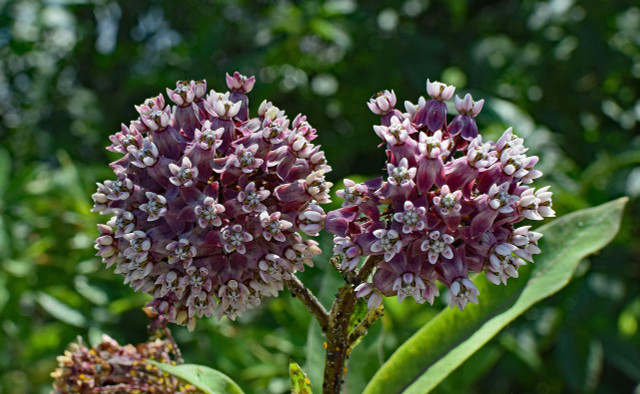
(Foto: CC0 / Pixabay / leoleobobeo)
Milkweed plants are found all across the eastern United States, in meadows, fence rows, fields, roadsides and pastures. These hardy plants love sun, they spruce up any garden, and planting milkweed helps monarch butterflies.
You can plant milkweed in a pot, or freely in your garden. If you’re planting seeds, it’s best to do so in the winter. Just make sure you get cold enough winters for the milkweed seeds to go through a freezing and thawing cycle. It’ll have to get down to about 30 degrees Fahrenheit at night. Milkweed plants bloom in the summer, between June and August. Once the plant has grown to full-size, it only needs to be watered every one to two weeks.
2. Petunia
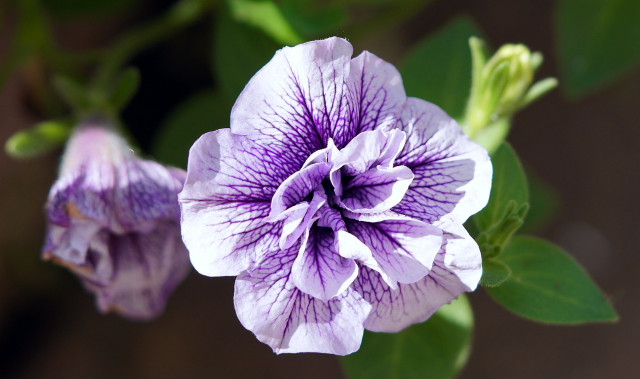


(Foto: CC0 / Pixabay / matthiasboeckel)
Petunias are a classic garden plant. They thrive in sunny spots, in flower beds and terracotta pots. Petunias can be a bit more difficult to care for than other plants, but if you care for them properly, you can enjoy their flowers from spring through fall. Make sure to plant them after your frost season.
Petunias require evenly moist soil, meaning potted plants need frequent waterings. During hot summer periods, potted petunias may require two waterings per day. Bedded plants will only require watering once or twice per week. To avoid overwatering, always test with your fingers. Petunias only need hydration when the top five inches of soil have dried out.
3. Sunflower
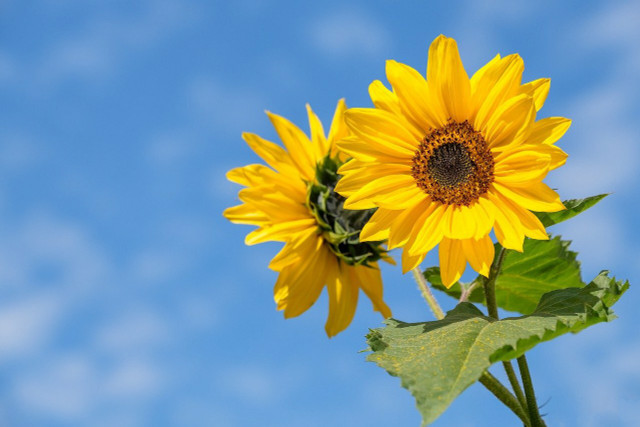


(Foto: CC0 / Pixabay / Bru-nO)
Sunflowers are a hardy, and easy to care for sun-loving plant. They do well in all different types of soil, enjoy copious amounts of sun, and can help attract local birds to your garden. Plant the seeds or young plants in the late spring, and wait for these wondrously large flowers to bloom in the summer and fall. All you have to do is water thoroughly once a week, and don’t forget to harvest your sunflower seeds at the end of the season.
4. Lavender
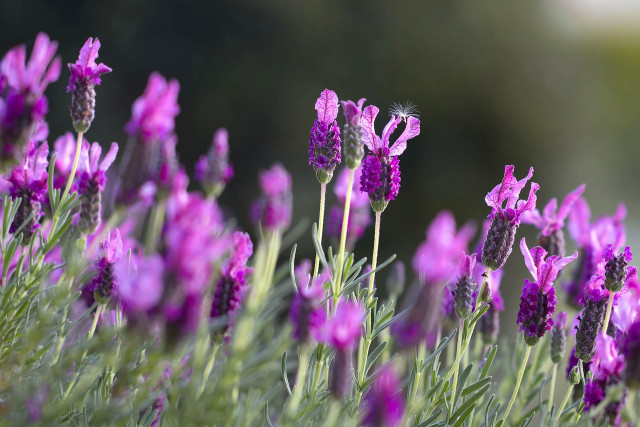


(Foto: CC0 / Pixabay / Wow_Pho)
Lavender is a summer-blooming flower which grows exceptionally well as a potted plant. Whether planting in containers, or planting in the ground, want until spring so the soil has a chance to warm up. Water the plant once or twice a week, but be careful not to overwater. Lavender is drought resistant, meaning it can thrive even if watering conditions aren’t ideal. Be on the lookout for yellowing leaves, as this is a clear sign of overwatering plants.
5. Rosemary
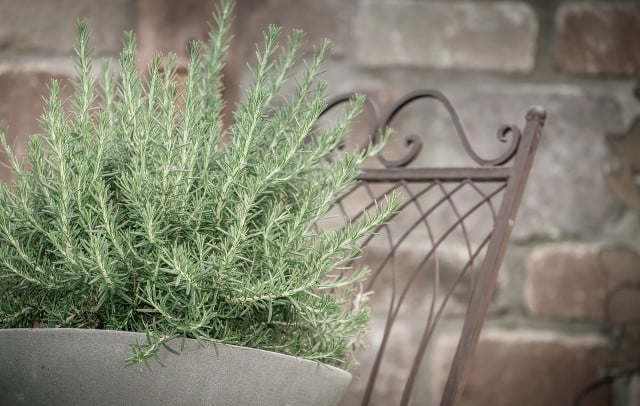


(Foto: CC0 / Pixabay / 1195798)
Rosemary adds a nice aroma to your garden, and can help keep mosquitoes at bay. Plant it in a sunny spot and enjoy this herb when you’re cooking, use it to make rosemary butter, or even make rosemary tea for hair. They do well in pots and in the ground. Plant or propagate rosemary in the spring, after frost season. Water every one to two weeks, but make sure to let the soil dry out in between watering. Rosemary generally thrives in a dryer environment.
6. Hibiscus
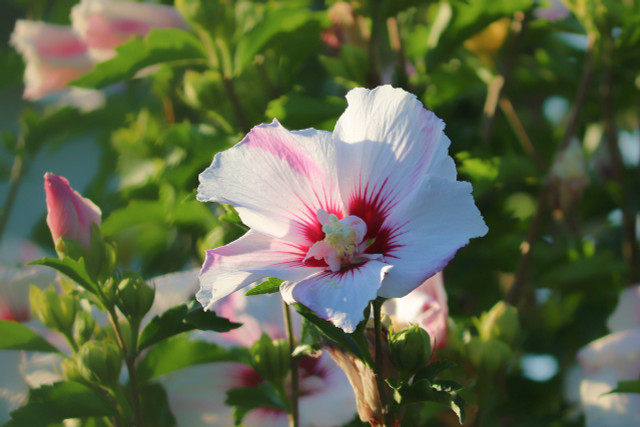


(Foto: CC0 / Pixabay / manfredrichter)
Hibiscus is another sun-loving plant which thrives in hot summers and full sunlight. Plant hibiscus in the spring or summer for best results, and enjoy a high frequency of blooms throughout the month of August. If you live in a very warm climate, such as Florida, you may even be able to care for your hibiscus throughout winter. Water twice a week during the growing season, and then water once a week once the plant has matured.
7. Geranium
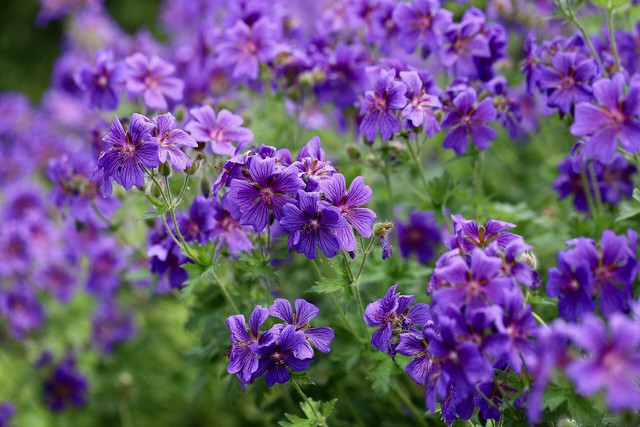


(Foto: CC0 / Pixabay / Nennieinszweidrei)
Geraniums have a long blooming season, remaining in bloom from spring to fall. They can even bloom in the winter, if you live in a very warm climate. Plant geraniums in the spring, once danger of frost has passed. Make sure they are planted in a spot with full sunlight for four to six hours per day. It’s important not to overwater geraniums, so water only when the top two inches of the soil has dried out. This will likely range from once to twice a week, depending on the weather.
8. Lamb's Ear
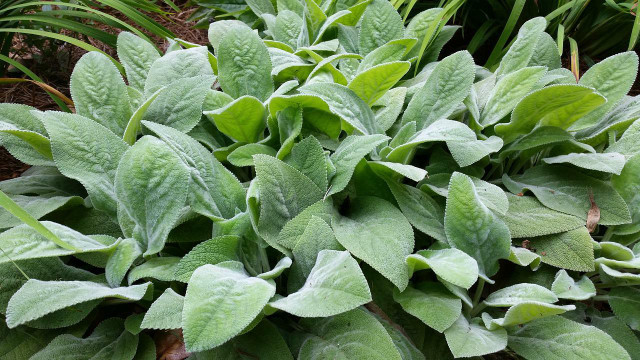


(Foto: CC0 / Pixabay / mnsnoddy)
Lamb’s Ear is a hardy and drought tolerant plant which doesn’t require much care. Plant in the spring, in loose and well-draining soil, as this sun-loving plant cannot thrive in rich soil. Lamb’s Ear needs lots of sunlight and little water, so water only when the plant is dry, about once per week. Make sure not to water the leaves themselves too much, or they will begin to wilt and rot. Lambs ear typically blooms between late spring and early summer, although these plants are appreciated more for the foliage than the flowers.
Read more:
- Flowers for Bumblebees: How to Help Endangered Bumblebees
- The Fascinating Wildlife of the Grand Canyon
- How to Make Your Cut Flowers Last Longer: 9 Eco-Friendly Tips
Do you like this post?







